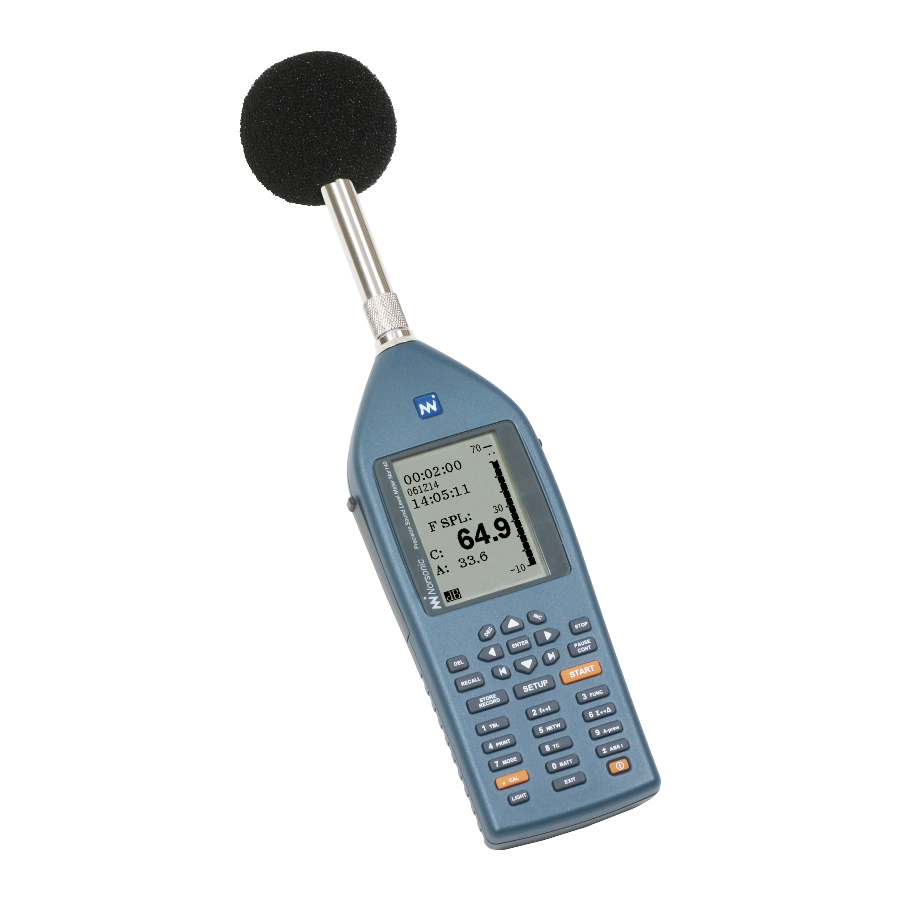
Norsonic nor140 Manuals
Manuals and User Guides for Norsonic nor140. We have 2 Norsonic nor140 manuals available for free PDF download: Instructional Manual, Manual
Norsonic nor140 Instructional Manual (220 pages)
Sound Analyzer
Brand: Norsonic
|
Category: Measuring Instruments
|
Size: 5 MB
Table of Contents
Advertisement
Norsonic nor140 Manual (19 pages)
Brand: Norsonic
|
Category: Measuring Instruments
|
Size: 0 MB

